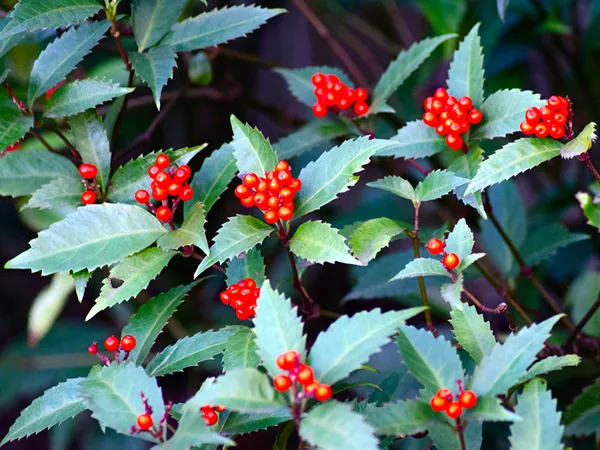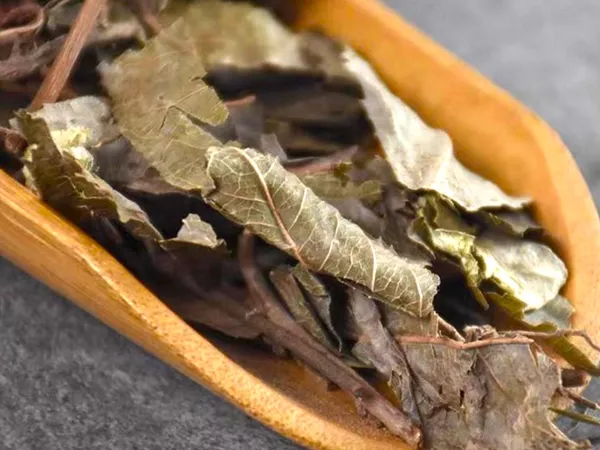Ai Di Cha
Ai Di Cha
English: Japanese Ardisia
Chinese: 矮低茶, 紫金牛
Use of Ai Di Cha (japanese ardisia ) in TCM
Please note that you should never self-prescribe TCM ingredients. A TCM ingredient is almost never eaten on its own but as part of a formula containing several ingredients that act together. Please consult a professional TCM practitioner, they will be best able to guide you.
Preparation: Collect the whole plants, remove impurities, wash and dry
Dosage: 10-15g
Main actions according to TCM*: Removes Phlegm so as to relieve coughing and wheezing. Removes Damp-Heat and Oedema. Promotes Blood circulation and relieve traumatic swellings.
Primary conditions or symptoms for which Ai Di Cha may be prescribed by TCM doctors*: Cough and wheezing with abundant phlegm Bloody sputum Bloody coughing Chronic bronchitis Jaundice Trauma Traumatic swelling
Key TCM concepts behind Ai Di Cha's properties
In Traditional Chinese Medicine (TCM), Ai Di Cha belongs to the 'Herbs that relieve coughing and wheezing' category. In TCM Phlegm is a condition of Stagnation of Fluids which tends to start in the Spleen and then goes to the Lungs. If this overly accumulates it thickens and becomes pathological Phlegm. Phlegm, being a form of Stagnation, often starts as being Cool and transforms to Hot as the condition progresses. Herbs that relieve coughing and wheezing treat branch symptoms of this Stagnation and tend to have antitussive, expectorant, diuretic or laxative properties.
Furthermore Ai Di Cha is Cool in nature. This means that Ai Di Cha tends to help people who have too much 'Heat' in their body, although with less effect than a plant that would be Cold in nature. Balance between Yin and Yang is a key health concept in TCM. Those who have too much Heat in their body are said to either have a Yang Excess (because Yang is Hot in nature) or a Yin deficiency (Yin is Cold in Nature). Depending on your condition Ai Di Cha can help restore a harmonious balance between Yin and Yang.
Ai Di Cha also tastes Bitter and Pungent. The so-called 'Five Phases' theory in Chinese Medicine states that the taste of TCM ingredients is a key determinant of their action in the body. Bitter ingredients like Ai Di Cha tends to have a cleansing action on the body by clearing Heat, drying Dampness and promoting elimination via urination or bowel movements. On the other hand Pungent ingredients tend to promote the circulations of Qi and Body Fluids. That's why for instance someone tends to sweat a lot when they eat spicy/pungent food.
The tastes of ingredients in TCM also determine what Organs and Meridians they target. As such Ai Di Cha is thought to target the Liver and the Lung. In TCM the Liver is often referred as the body's "general" because it is in charge of regulating the movements of Qi and the Body Fluids. It also takes a leading role in balancing our emotions. In addition to performing respiration, the Lungs are thought in TCM to be a key part of the production chain for Qi and the Body Fluids that nourish the body.


